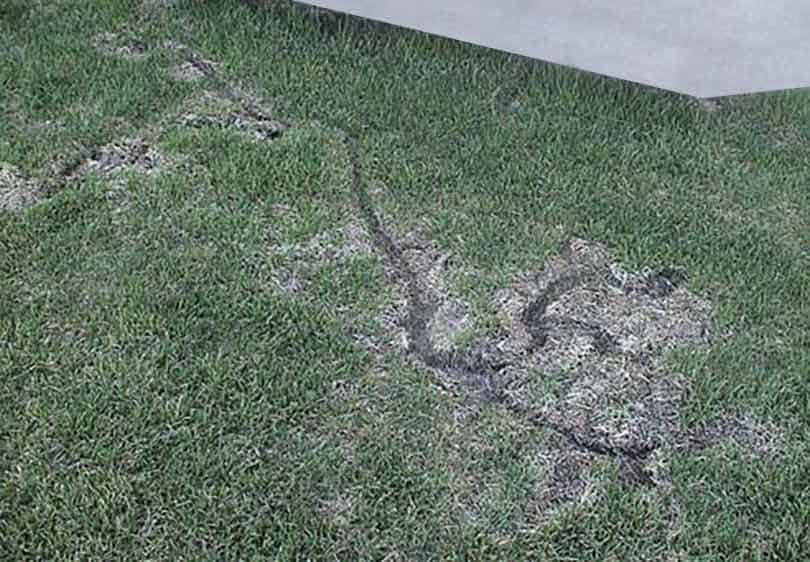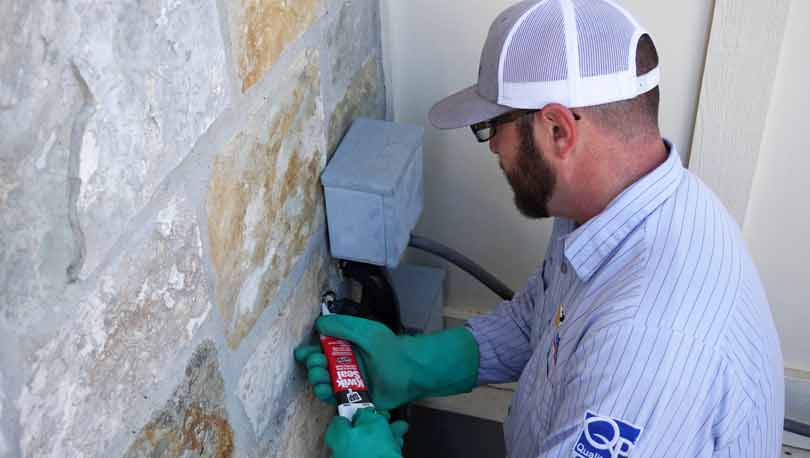Positive Techniques for Gopher Control Utah Homeowners
Wiki Article
Ultimate Overview to Gopher Control: Tips for a Pest-Free Garden
In the pursuit of maintaining a prospering garden, dealing with gophers can present an awesome obstacle to even the most seasoned garden enthusiasts. By comprehending gopher behavior, applying all-natural repellents, using effective capturing methods, and developing physical barriers, you can significantly minimize gopher invasions and protect the health of your garden.Comprehending Gopher Behavior
To successfully control gophers in your yard, it is vital to recognize their actions patterns and practices. Gophers are singular creatures, with each gopher keeping its own burrow system.Gophers are herbivores, feeding on a range of origins, plants, and roots. They are particularly attracted to succulent roots and bulbs, making gardens and grass prime targets for their feeding tasks. Gophers are also recognized for their rapid excavating capabilities, with the capacity to create extensive passage networks in a brief amount of time.
Natural Repellents and Growing Techniques

Furthermore, using natural predators like owls, snakes, or domesticated animals such as felines can aid regulate the gopher populace in your location. Snakes and owls are natural predators of gophers and can help keep their numbers in check. Encouraging these predators to inhabit your garden can offer a natural type of gopher control.
Efficient Catching Methods
Utilizing humane and effective capturing methods is vital in managing gopher problems in your yard. When selecting catches, it is crucial to choose ones specifically created for gophers to enhance the likelihood of capturing success.Box traps are placed near gopher piles and act as a welcoming tunnel for the gopher to enter. When the gopher is inside, the catch sets off, capturing the bug. Tunnel catches are inserted straight into gopher passages and work at capturing gophers as they travel via their burrows. Cinch traps are positioned generally tunnel of the gopher and are activated when the gopher pushes versus the trigger plate.
To enhance the efficiency of capturing, it is recommended to find energetic tunnels by penetrating the ground and establishing traps in these places. Routinely inspecting and resetting catches is essential for effective gopher control. By utilizing these trapping methods, you can properly reduce gopher populations in your yard and protect against further damage to your plants.
Developing Physical Obstacles
One effective method for preventing gophers from attacking your garden is to install tough cord mesh barriers underground. These barriers function as a physical deterrent, stopping gophers from burrowing right into your yard beds and causing damage to your plants. When setting up cable mesh obstacles, it is important to utilize products that are solid and sturdy to endure the gophers' consistent digging efforts. The mesh must be hidden a minimum of 24 inches deep to successfully obstruct gophers from tunneling below.
Maintaining a Routine Tracking Arrange
Routine tracking of your garden is important in efficiently managing gopher activity and preventing possible damages to your plants. By establishing a routine inspection timetable, you can without delay identify any type of indications of gopher presence and take necessary activities to attend to the issue prior to it rises. Set aside details times every week to go through your yard, paying very close attention to any kind of piles, tunnels, or wilting plants, as these can suggest gopher activity.
During your monitoring sessions, take into consideration making use of gopher-specific indicators such as fresh dust piles, munched origins, or newly dug tunnels to recognize active locations. Maintain a journal or map to track these indications over time, aiding you identify high-traffic zones that require prompt treatment. Additionally, consider setting up motion-activated video cameras or traps in tactical areas to gather even more information concerning gopher behavior patterns in your yard.
Regular tracking not just enables you to analyze the efficiency of your gopher control approaches but additionally enables you to adapt your approaches based on real-time monitorings, ultimately causing a much healthier and pest-free garden. gopher control utah.
Final Thought
To conclude, controlling gophers in your yard calls for a combination of comprehending their actions, using natural repellents and growing approaches, effective trapping methods, developing physical barriers, and preserving a routine surveillance schedule. By executing these methods, you gopher pest control utah can maintain your yard pest-free and ensure the health and wellness of your plants. Keep in mind to remain vigilant and proactive in your gopher control efforts to preserve a lovely and growing yard.By understanding gopher behavior, executing natural repellents, utilizing effective trapping methods, and establishing physical barriers, you can considerably reduce gopher invasions and secure the health and wellness of your yard.
Furthermore, producing barriers underground using gopher baskets made of wire mesh can protect the roots of your plants from being consumed by gophers.Box catches are positioned near gopher piles and serve as an inviting tunnel for the gopher to enter. Passage catches are placed directly into gopher passages and are reliable at capturing gophers as they travel through their burrows. Cinch traps are positioned in the major passage of the gopher and are set off when the gopher pushes versus the trigger plate.
Report this wiki page